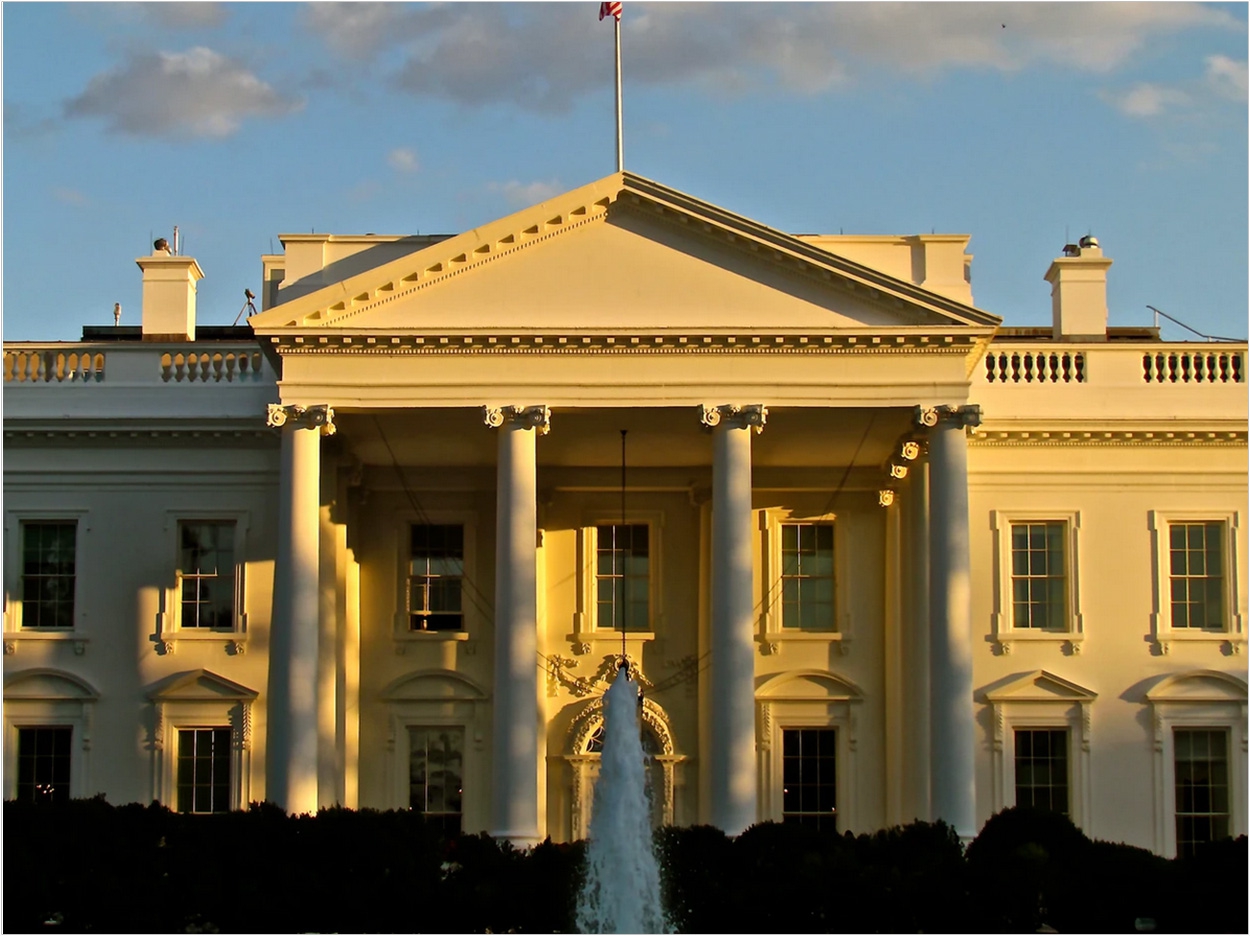
The ADA told the White House Office of Management and Budget that there doesn’t appear to be any grave danger of COVID-19 exposure in dental settings, especially as the pandemic is slowing down, during a June 1 meeting.
Seven ADA representatives attended the teleconference, which was held to discuss the potential impact of the Occupational Safety and Health Administration’s (OSHA) draft COVID-19 Emergency Temporary Standard.
President Biden has issued an executive order directing OSHA to enact emergency rules to protect workers from COVID-19. OSHA submitted its draft standard to the Office of Management and Budget for review in April.
These rules, if approved, would be in effect for six months and impact dental practices among other businesses.
During the meeting, the ADA noted that dentists have experienced “exceptionally low monthly incidences of COVID-19” even though there have been several regional and national spikes during OSHA’s study periods.
Following the meeting, ADA president Daniel J. Klemmedson, DDS, MD, and executive director DMD, MPH, sent a letter to the Office of Management and Budget further outlining how dentistry has minimized risks of infection in their offices.
For example, the letter cited ADA studies finding that dentists saw a 2.6% infection rate in November 2020, while dental hygienists experienced a 3.9% infection rate in October 2020, reflecting data collected before vaccines were available.
The letter also said that 87.5% of dentists have been fully vaccinated since then, and another 5.3% have received at least one dose. Additionally, 70% of dental hygienists have been fully vaccinated, and another 7% have received at least one dose.
The ADA further touted its own efforts in providing guidance and materials for dental practices during the pandemic, including:
- A dental office hazard assessment checklist modeled after OSHA’s Hazard Identification and Assessment
- Fact sheets and frequently asked questions about OSHA and Centers for Disease Control and Prevention Guidelines
- 4.5 million KN95 face masks from the national stockpile
- Guidance on providing point-of-care testing at dental offices
- Guidance to minimize the risk of exposure when the recommended personal protective equipment has been in shortage
- Guidance for high- and low-exposure staff to take when patients report a positive COVID-19 test after their appointment
- A flowchart, risk assessment, and strategies for self-quarantine and returning to work if a staff member of someone in their household tests positive for COVID-19
- A guide for handling patients who refuse to wear a face mask, whether because of disability or a personal choice
- State-by-state updates on procedure requirements and/or restrictions for dentists
- Informational webinars on vaccine efficacy, targeted toward addressing vaccine hesitancy concerns among patients and staff
“As you continue deliberating over the impact an emergency temporary standard will have on so many industries, we urge you to keep in mind the remarkably low incidence of COVID-19 in dental offices,” the letter said.
“The data suggest that requiring substantial new infection controls—such as rerouting ventilation systems and making other capital improvements—will have little (if any) notable impact on dental office workers or the patients they serve,” it said.
Related Articles
ADA Publishes Digital Intraoral Radiography Quality Assurance Standard
Scholarship to Attend ADA Institute for Diversity in Leadership Now Available
The Pandemic Made Dental Staffing More Challenging












